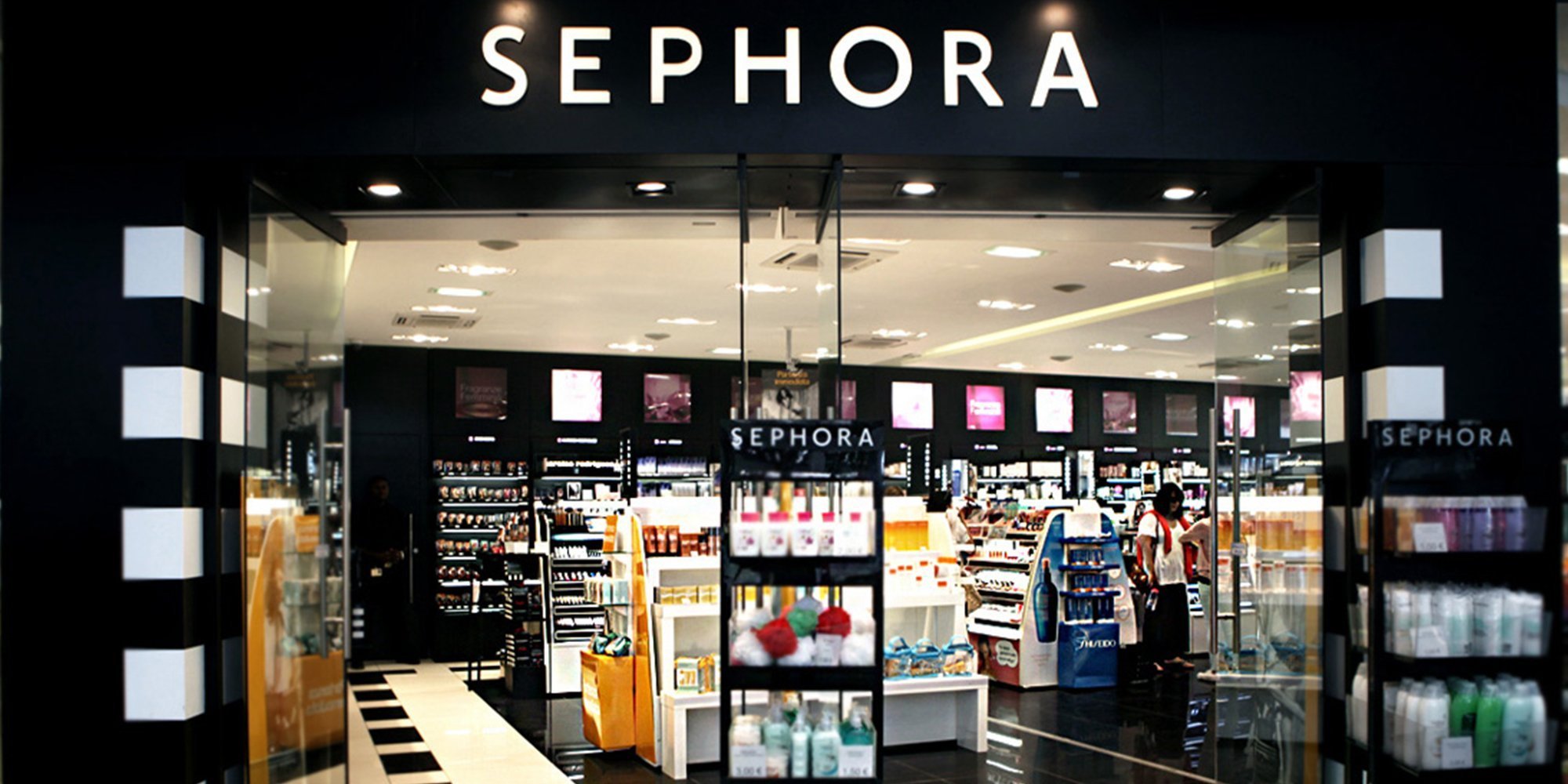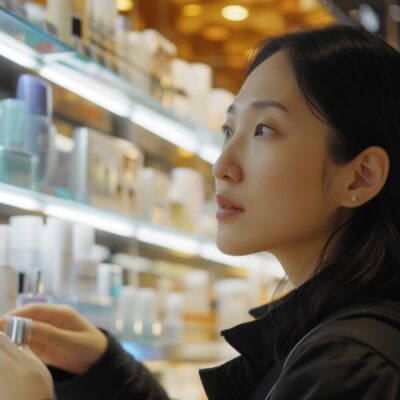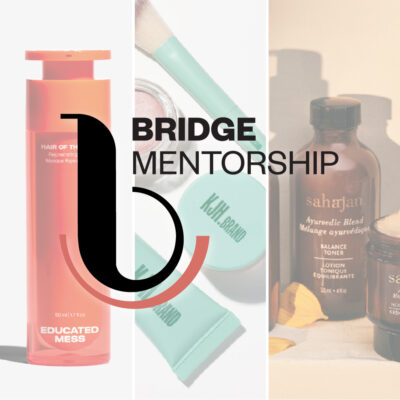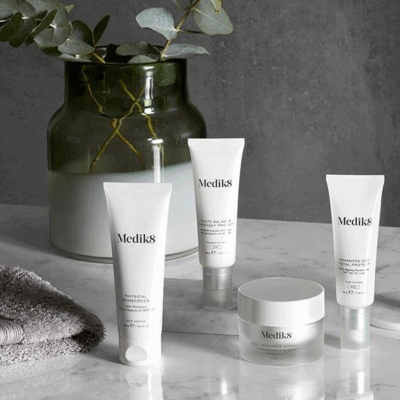
Little Brand, Big Retailer: The Reality Of Entering A Major Chain
In this edition of Beauty Independent’s ongoing series posing questions to beauty entrepreneurs, we ask 13 founders and executives: What impacted your brand upon entering a big retailer?
- Stan Ades Founder, Pacific Shaving Company
Everything gets impacted when you enter a big retailer, every time you enter a big retailer: trade promotion, slotting fees, supply chain compliance, term discounts, etc., all need to be considered when you calculate wholesale price and your gross profit margin.
That said, I think the biggest challenge is cash flow. Pipeline orders for full distribution are typically huge, and they need to arrive at the DC [distribution center] at least a month before the category reset. Take into account manufacturing timeframes, component purchases, etc. Then, tack on typical retail payment terms (30 to 60 days) and that means you are potentially floating your largest cash expenditure for 90 to 150 days, if slotting fee deductions don't eat into that as well. And, then, for good measure, remember that, depending on your category, you probably won't see regular turn POs [purchase orders] until six to eight weeks after your pipeline PO.
Making sure you have cash on hand or a decent line of credit is imperative. Pro tip: don't wait until you need the LOC [line of credit] to apply for one. By then, it's too late. Otherwise, you'll find you're cash poor at exactly the time you'll need it.
- Lissette Monzon Founder, Lilly Be
I was so excited to get my first contract with a big retailer. I was placed in their catalogue, which allowed eight Florida stores to order from me. Since I had agreed to the terms of the contract, there was no surprise in the extra shipping costs I would endure and the percentage of the order I would get. There was, however, a surprise in seeing how my product would survive on the shelf without me there to explain it to customers and maintain the product quality.
I learned that, when you enter a retailer, you are leaving your product at the mercy of the store. To my dismay, I would visit the retailers, only to find my products tampered with, cluttered and, overall, not at the quality I would offer my customers who purchased directly from me.
This led me to reevaluate my presentation. At no fault to my retail partner, I realized my products were being mishandled because they were not protected. They needed retail boxes to maintain product integrity, indicate the sample from the sale item, and explain more about what the product can do. I also needed to invest in small display units to keep the items together as many of my products are one ounces and very small. The experience was challenging and stressful, but I am grateful for it because it helped me understand how to make myself more retail ready.
- IDO MAGAL Founder, Lavido
At the beginning, we were really familiar with how to work with independent, small retailers. When we first took on a big account, we realized we had a lot to learn about the process and the investments needed to make the partnership successful. Once we decided that this was an avenue we wanted to pursue as a brand, we realized we needed outside perspective from someone who had a great deal of experience working with that tier of retailer.
We knew we didn’t have the knowledge in-house we needed to really scale the channel on our own, so we brought on an individual who had worked for over 20 years in the large retail space to guide us through the inevitable challenges. Without hiring an expert like that, we wouldn’t have the presence we have today.
- Janet Schriever Founder, Code of Harmony
I will admit that I was unaware of what is required for success with big retailers until I got into one. In order to be successful, you really need a substantial budget for a sales staff who will be at that retailer talking to customers, doing demos, and getting to know the store’s staff.
I didn’t know that I would be expected to fly to all of the various locations, train their staff and supply staff with product comps. All of this is additional cost and, unless you are selling a lot of product with that retailer, the orders will often not support the cost that is incurred while being there.
- MURPHY D. BISHOP II Co-Founder and CEO, The Better Skin Co.
We knew that we would get chargeback from testers and damages. Two things that we didn’t factor in: First, associates can be very lazy. If the tester is on the wrong shelf, they make a new one.We get a chargeback and, then, we have two or sometimes three testers in a store. If the tester is on the correct shelf, but moved behind sellable merchandise, instead of looking, they make new [ones], and we pay.
Second, store managers are held accountable for managing shrink. An easy way to do this is to simply “mark out” more testers and damages. This can help shift your shrink number as the product is no longer missing. We pay for this, and a new tester or damage has not actually happened. It’s a form of fraud.
- NASIMEH YAZDANI Founder, Seaside Medical Technologies
Insurance for the company was very costly, and we had not anticipated that when we entered Costco. That pretty much ate up any profitability from large-scale sales.
- Kristen Bowen Founder and CEO, Living The Good Life Naturally
For me personally, the learning curve was the 30 to 45 day net on getting paid. We started having this gap of money flow of putting product out, but not receiving payment. I really had to adjust my thinking and learn some new business practices to make that work.
- Ada Polla CEO, Alchimie Forever
This may sound simple, but it is important to remember that entering a big retailer is not a game of “build it and they will come.” Getting on the shelves of a big retail partner does not automatically mean your product will fly off the shelf. In fact, getting on the shelf is only half the battle. Providing in-store support, sampling and securing PR driven to that store to ensure that consumers are aware of your brand’s presence and choosing your products over other options is absolutely critical to success.
- Annie Tevelin Founder, SkinOwl
I think a lot of brands spend a lot of time and money on making sure the opening order is fulfilled and delivered on time. In many cases, that means upping stock levels to meet their requests, which can be expensive and time-consuming.
The equally hard part is making sure there are people in place to train the staff, samples and testers in place to cover all new doors and incentivize staff as well as founder availability to travel for events and pop-ups. When you go into a massive retailer, you've got to make sure all your bases are covered so that the product will move versus sitting on the shelf.
- Selmin Karatas Co-Founder and CEO, Kazani
I found out that I needed to have products in high volume that were readily available so they could be in multiple stores. This means I need to make sure my production can handle the volume. I wasn't expecting to do business electronically. They use a software called EDI, which costs thousands of dollars. Once the products are in large retail stores, I also need to advertise and be ready to do in-store demos because large retailers want advertising support from vendors.
- Katonya Breaux Founder, Unsun Cosmetics
We entered into a big retailer this year and found many things that we were not prepared for. Yes, the are several chargebacks that can be frustrating, but, more than that, is in trying to market to the many demographics that the stores cover. We were surprised to learn that the retailer was not going to assist in marketing efforts and, for a small brand like ours, trying to market to so many people and target specific stores proved to be challenging.
- Feisal Qureshi Founder, Raincry
The idea of being put on retailer shelves and instantly selling your products is a misnomer. Most retailer beauty managers will have over 50 brands that they are working with and will not have time for you right away. You must present a strategy long in advance to get your brand noticed and initiate various programs to ensure that you are front of mind in store.
- ROZY KRISTON Founder, Ampersand
We recently had the opportunity to showcase our products on the shelves of a big retailer. It provided us with important knowledge on how to develop product displays, signage and communicate our message in a larger retail environment. It was a good lesson in overcoming the challenges associated with not having the opportunity to connect directly with the customer. It also gave us a chance to learn how to control the customer experience and gauge their response to our products without the insight provided by online tools. We learned it was more challenging to familiarize the customer with our brand and provide a personalized experience in a third-party retailer. While the exposure is great in a big store, it can also be the thing that makes it harder to stand out.
If you have a question you’d like Beauty Independent to ask beauty entrepreneurs, please send it to editor@beautyindependent.com.






Leave a Reply
You must be logged in to post a comment.